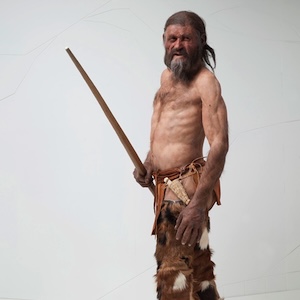EASA Expert Group: Science, Technology, Engineering, Mathematics in Arts and Culture (STEMAC)

HTML: 20
All claims expressed in this article are solely those of the authors and do not necessarily represent those of their affiliated organizations, or those of the publisher, the editors and the reviewers. Any product that may be evaluated in this article or claim that may be made by its manufacturer is not guaranteed or endorsed by the publisher.
Conceptualization of STEMAC and Academy's commitments.
Contributing Members of the Expert Group:
Prof. Klaus Mainzer, I; Prof. Zsolt Lavicza, IV; Prof. Kristof Fenyvesi, III; Prof. Violeta Dinescu, III; Prof. Sergio Orlandi, VI; Prof. Hui Yu, III; Prof. Livia Teodorescou-Ciocanea, III; Dr Marios Ioannou Elias, III; Prof Michael Cosmopoulos, I; Prof Tom Levy, I; Prof. David Devraj Kumar, IV; Prof. Wolfgang Mastnak, III; Prof. Riccardo Pozzo, I; Prof Tassos Bountis, IV; Prof. Fernando Feliu-Moggi, I; Prof. Niki Evelpidou; Prof. Dominik Lengyel, III.
How to Cite

This work is licensed under a Creative Commons Attribution-NonCommercial 4.0 International License.
Copyright (c) 2024 The Author(s)
PAGEPress has chosen to apply the Creative Commons Attribution NonCommercial 4.0 International License (CC BY-NC 4.0) to all manuscripts to be published.

 https://doi.org/10.4081/peasa.27
https://doi.org/10.4081/peasa.27



